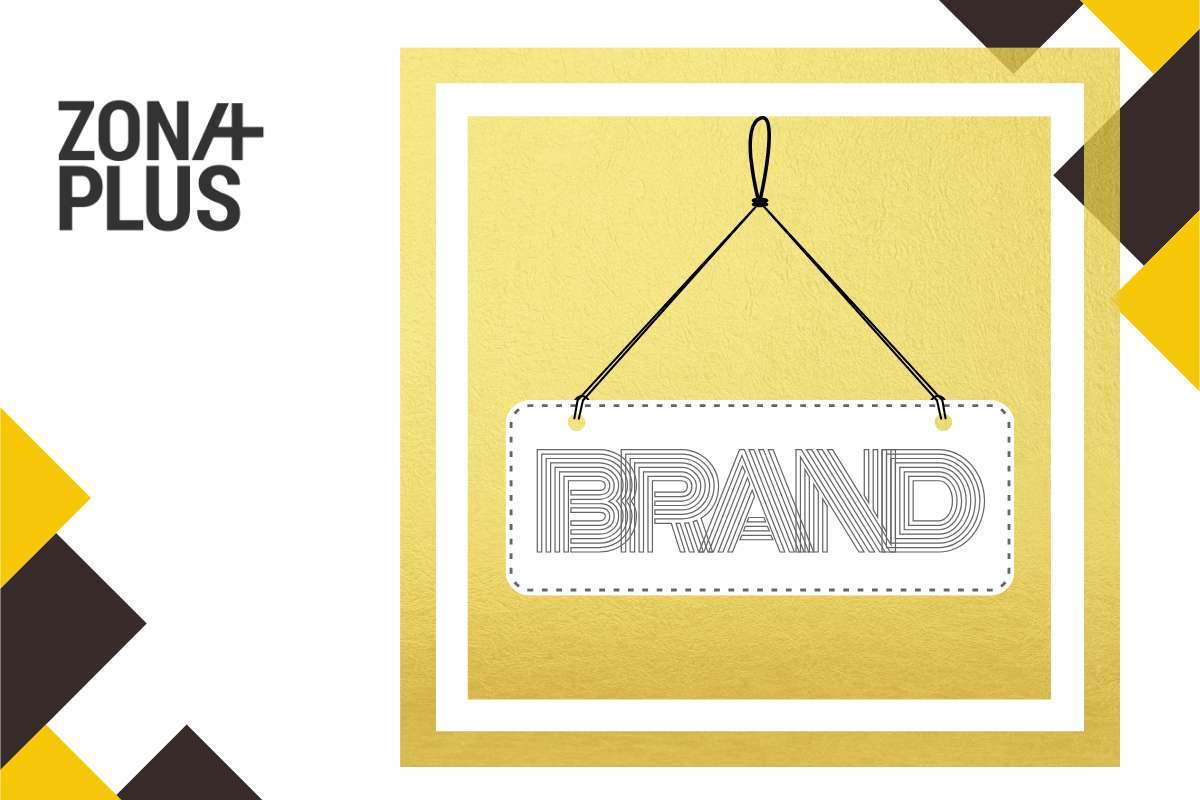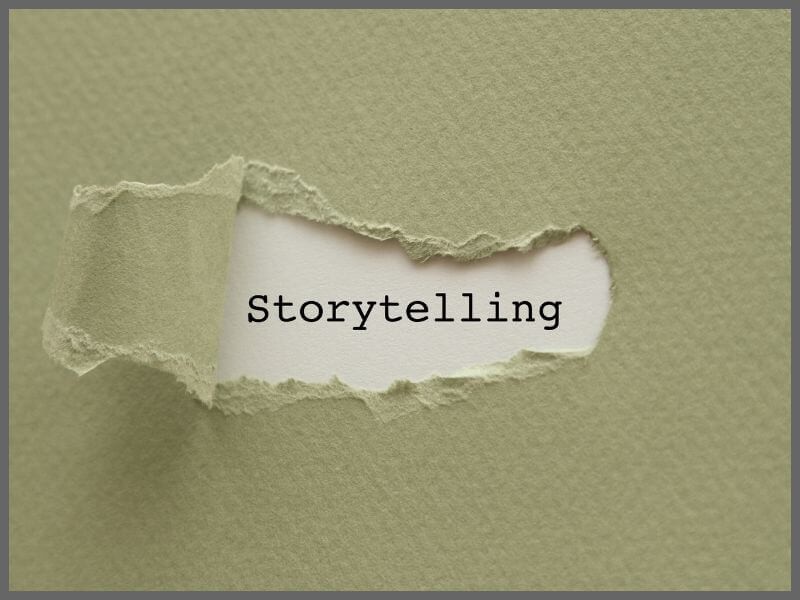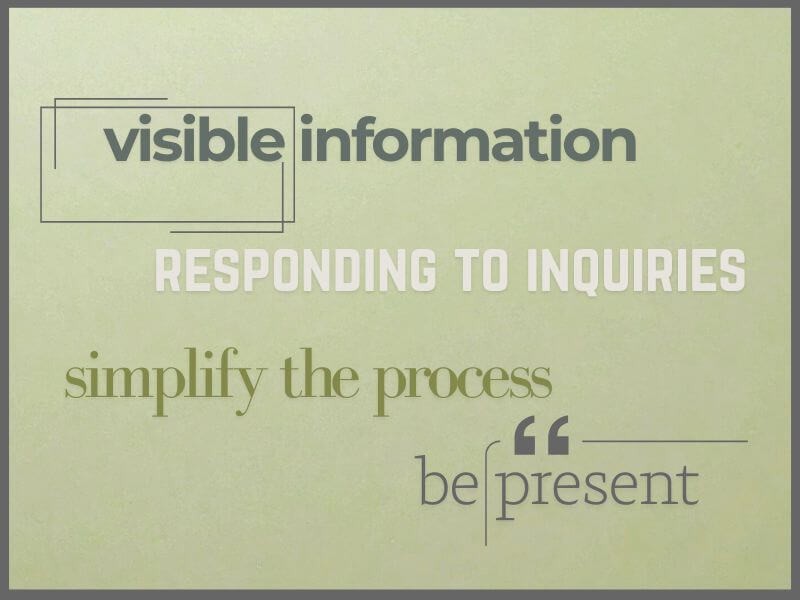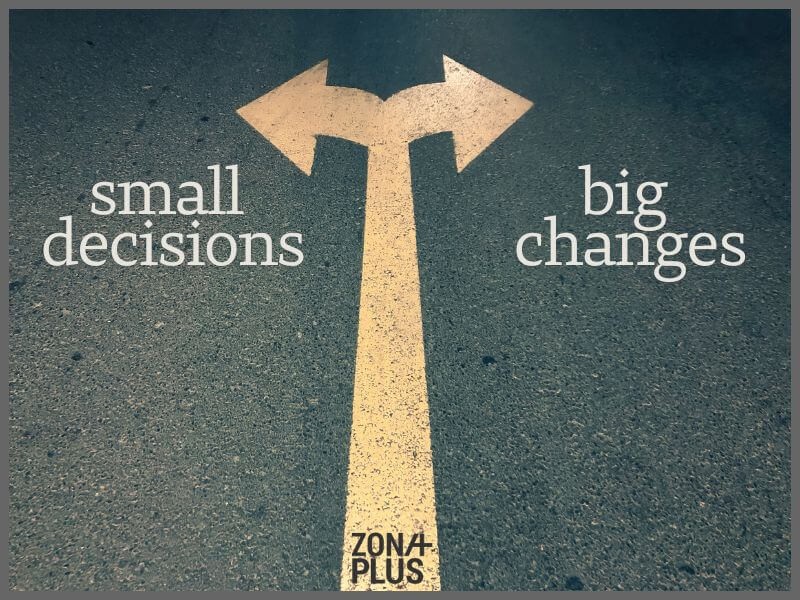
Big brands invest millions in digital marketing, but behind those budgets are simple rules that can be applied on a much smaller scale. Do you own a small company or craft business? Discover what you, as a small player, can do just like the big ones.
Big brands weren’t created big. Many of today’s best-known companies in the world started in someone’s garage or basement.
Big brands grew over the years, with clear goals and consistent presentation. They learned to adapt to the market and their audience.
And although it may seem that small brands don’t have the same opportunities, the same marketing principles apply to everyone.
What works for Coca-Cola, Nike or major retail chains also works for a small craft or family business, only on a smaller scale. As a small brand, you don’t need expensive campaigns to achieve results. It’s enough to understand the principles and find a way to adapt them to your own possibilities.
The difference between a large company and a small one lies (only) in the budget and scope.
And the approach and logic? That’s what small brands can take from big ones and start applying right away in their own business.

You know that feeling when you immediately recognize a certain brand, even before you see its name? Maybe it’s because of the color, the style, the photography, the way they write... That’s no coincidence.
Big brands don’t jump from one visual identity to another whenever they feel like it. Everything about them looks – and sounds – like one cohesive whole. And that’s why people remember them. They build trust through that repetitive, recognizable communication.
Small brands often overlook the importance of this element.
They think they don’t have time or that it isn’t important. In reality, a consistent look and tone of communication make all the difference when, for example, someone scrolls past you on social media or stops and thinks: “I’ve seen this before, this looks familiar.” And familiar means trust. And that’s where every sale begins.
It’s not necessary to hire a team of designers or have a large budget.
It’s enough to make a few simple decisions (and stick to them in every post, message or material):
Consistency tells your audience that you know who you are and what you offer. And in the digital world full of content and confusion, that’s incredibly refreshing.

People won’t remember the technical characteristics of a product. But they will remember how they felt when they saw your product for the first time.
That’s exactly why big brands invest so much in so-called storytelling, because they know that emotion sells better than any chart or specification.
Storytelling isn’t reserved only for large corporations, nor is it something that has to be produced and filmed in a studio. Real stories live in everyday life, in small moments that can touch the audience, make them smile, or remind them of their own experiences.
That’s exactly why small brands have a great advantage: authenticity. Big brands often put a lot of effort into appearing honest and “approachable,” while small brands live that honesty every day. All they need to do is share it with their audience.
How a small brand can tell a story without a big budget:
Storytelling doesn’t mean inventing fairy tales and stories; it means sharing the ones you already have.
And that’s why it’s one of the most powerful tools small brands can use without (too much) cost but with great effect.

If it seems to you that big brands produce content like a machine that never stops, you’re probably right. They have dedicated teams that handle content, visuals, and social media, and their posts are planned weeks in advance. That’s an entirely different world.
Small brands don’t have that luxury, and they shouldn’t try to imitate it. Because the purpose of digital marketing isn’t to “pump out” content every day, but to communicate smartly.
The audience today is oversaturated. They don’t follow who posts the most, but who gives them a reason to stay. And that’s where one of the biggest advantages of small brands lies – they can be present only when they have something valuable to say. And that’s exactly what makes them authentic.
Content doesn’t have to be perfect, nor does it need to look expensive, but it should talk about things that matter to your customers and clients, bring them closer to what you do, and show who you are and why you do it.
Examples of quality posts that work:
You don’t need to post every day. Two to three posts per week with a clear intention will be enough. Whether you want to educate, inspire, or connect, people will always gladly follow those who know how to share something useful or human.
In other words – quality over quantity, every time.

When it comes to ads, even a few euros a day can achieve a lot if you know who you’re addressing and how.
Big brands don’t spend millions to show their ads to everyone; they target narrowly and precisely. And that’s exactly the strategy you can adopt too, just adapted to your own budget.
You need to know who your audience is, what interests them, and where they spend their time, and you’ve already done half the work. The goal isn’t for everyone to see you. The goal is for the right people to see you.
How to reach the right people with ads:
Start with a small budget.
Facebook and Instagram ads starting from 5 euros a day can already show results. It’s important to track what works and invest in what brings a return.
Use real photos and honest messages.
People respond better to authentic content than to stock photos. A photo of your product in a real setting is worth more than the most beautiful generic image.
Test, then expand.
First, test your ad in a smaller area or with a smaller audience – for example, women aged 30–50 in your city. If you see good results, you can then expand it to a wider market.
Be specific. Instead of general phrases, offer clear value:
- Gift for Women’s Day – handmade gift set
- Last two sizes – discount until Sunday!
- New in offer: bags, handmade, delivery throughout Croatia
Small brands often fear the cost of advertising. But the real danger isn’t in the cost, it’s in the complete lack of visibility. People can’t buy something they’ve never heard of.
Your ad doesn’t need to be seen by thousands; 500 of the right people is enough.
Big brands collaborate with famous people, influencers with tens or hundreds of thousands of followers. They can afford that.
That doesn’t mean such collaborations are always the most effective, especially not for small brands.
In reality, working with local micro-influencers, those with between 500 and 5,000 followers, delivers much better results. Why? Because their followers are real people who trust them, comment, engage, and share the values they represent.
Micro-influencers are usually people from your own community who write about their everyday life, share recipes, lifestyle content, or recommendations from their surroundings. They might not have a huge audience, but they have something far more important: trust.
How to find and collaborate with micro-influencers:
The advantage of micro-influencers lies in their authenticity. Their posts don’t look like ads, but like recommendations from a friend. And that’s what audiences value most today.

Big brands know that every purchase comes down to one thing – the customer experience.
It’s not enough for them to have a good product; they think about every step: what the first message the customer sees looks like, how many clicks it takes to make a purchase, what’s written on the receipt, all the way to packaging and delivery.
Their goal is to enable the customer to go through the entire process with a positive impression.
With small brands, the opposite often happens. Information is scattered, the customer has to “hunt” for the price in the comments, the contact number is hard to find, and replies to messages come late.
Your customers and clients expect clarity, simplicity, and speed, and that’s exactly what you as a small brand can offer if you put the customer first.
How to apply this in practice:
The advantage of small brands is that they can be more flexible and personal than large ones. While corporations need protocols and procedures, small brands can give the customer a sense of importance. And that’s the feeling that brings customers back.

Small brands don’t have million-euro budgets. But they, like you, can have something that can’t be bought – authenticity, closeness, and a genuine relationship with customers and clients.
That is their greatest strength. People want to know who stands behind the product, hear the story, and feel that someone genuinely believes in what they’re selling.
That’s what big brands often try to create artificially, while small brands have it naturally.
Digital marketing isn’t measured by the size of the budget but by the quality of the message you send. Those who know how to show value in a simple and honest way will always attract the right audience.
And small, consistent decisions, such as better posts and clearer content, bring big results over time.
If you want support with this, Zona Plus is here as a partner that understands the challenges of small brands.
Our goal is to help you find a strategy that fits your possibilities and your market, without unnecessary complications and high costs.
Contact us, and together we’ll turn your ideas into visible results.